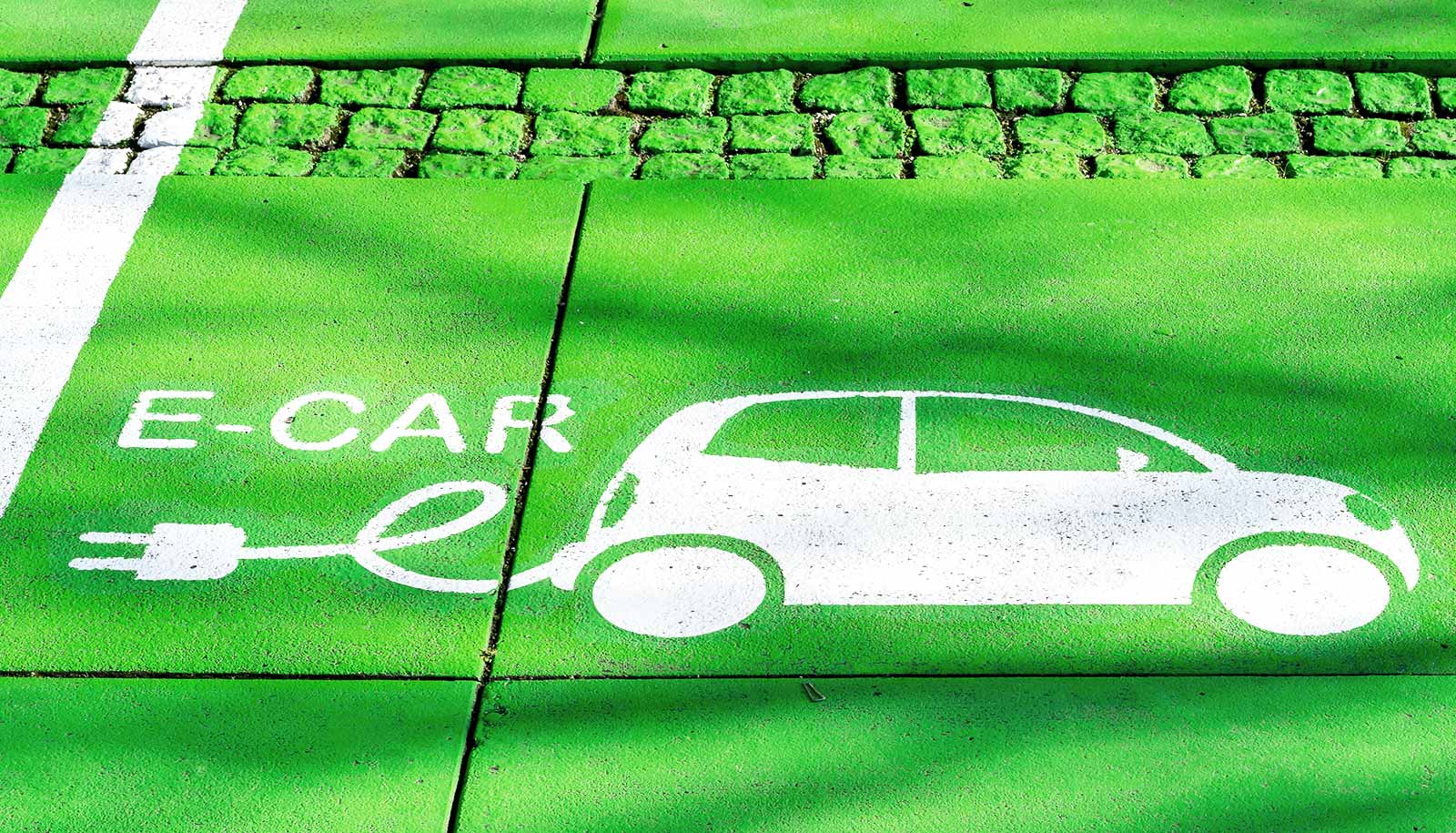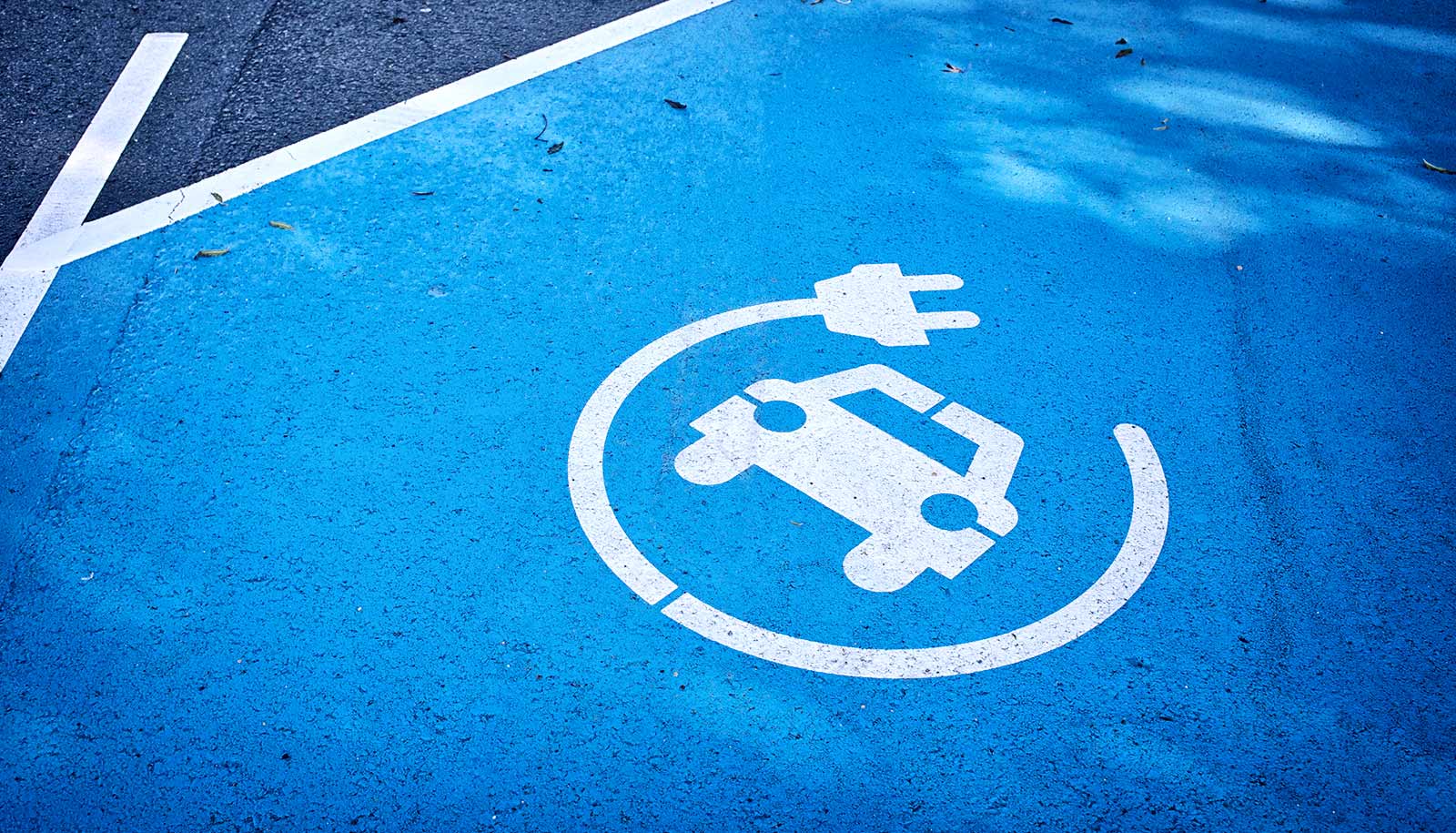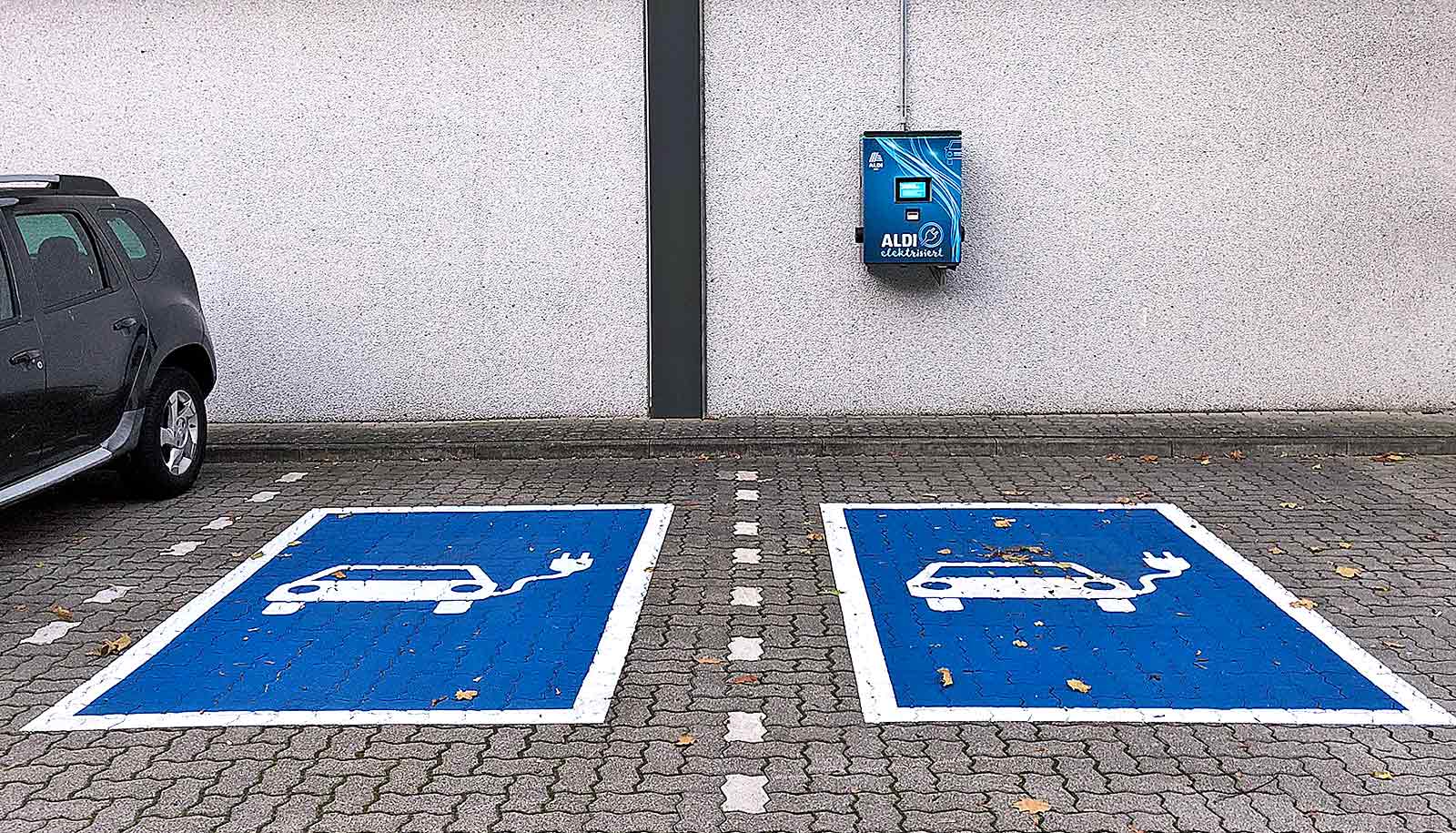A dynamic computational tool that uses game theory could help improve user access to electric vehicle charging stations.
That could make the cars more attractive to drivers.
“We already know that there is a need for EV charging networks that are flexible, in order to support the adoption of EVs,” says Leila Hajibabai, assistant professor in the industrial and systems engineering department at North Carolina State University and corresponding author of a paper on the work in IEEE Transactions on Intelligent Transportation Systems.
“That’s because there is tremendous variability in when and where people want to charge their vehicles, how much time they can spend at a charging station, how long it takes to charge their vehicles, and so on.
“The fundamental question we wanted to address with this work is: What is the best way to manage existing charging station infrastructure in order to best meet the demands of electric vehicle users?”
To answer that question, the researchers wanted to take the user’s perspective, so focused on questions that are important to EV drivers. How long will it take me to reach a charging station? What is the cost of using the charging station? How long might I have to wait to access a charging station? And what sort of fines are there if I stay at a charging station beyond the time limit?
The researchers developed a technique that accounts for all of these factors in a complex computational model that makes use of a game theory framework.
The technique does two things. First, it helps users find the nearest charging facility that meets their needs. Second, it has a dynamic system that charging station operators can use to determine how long vehicles can spend at a charging station before they need to make way for the next vehicle.
“These outcomes are themselves dynamic—they evolve as additional data comes in about how users are making use of charging facilities,” Hajibabai says.
For example, a user’s nearest available charging facility may change, depending on whether any spaces are available. And the amount of time users can spend at a charging station may change from day to day to reflect the reality of how people use different charging facilities.
“There’s no clear real-world benchmark that we can use to assess the extent to which our technique would improve user access to charging facilities,” Hajibabai says. “But in simulations, the technique did improve user access. The simulations also suggest that flexibility in when charging station slots are available was a key predictor of which stations users would visit.
“A next step would be to work with existing charging station networks to pilot the technique and assess its performance in a real-world setting.”
Source: NC State



